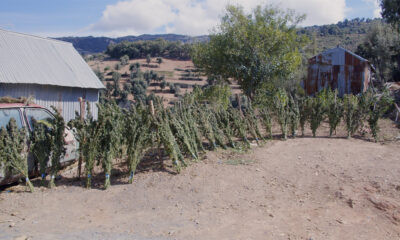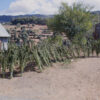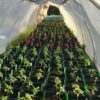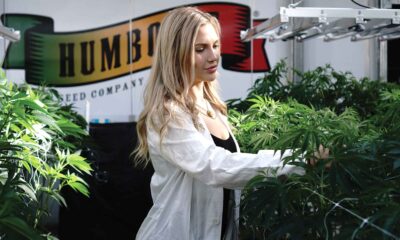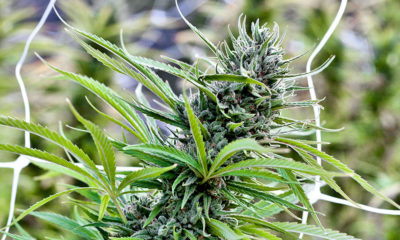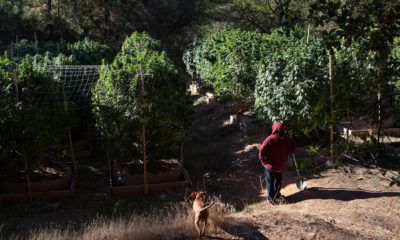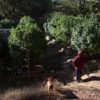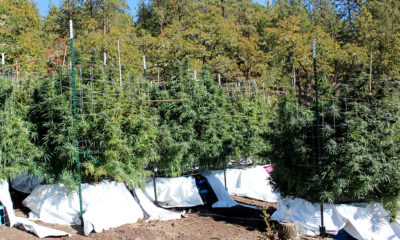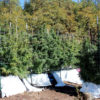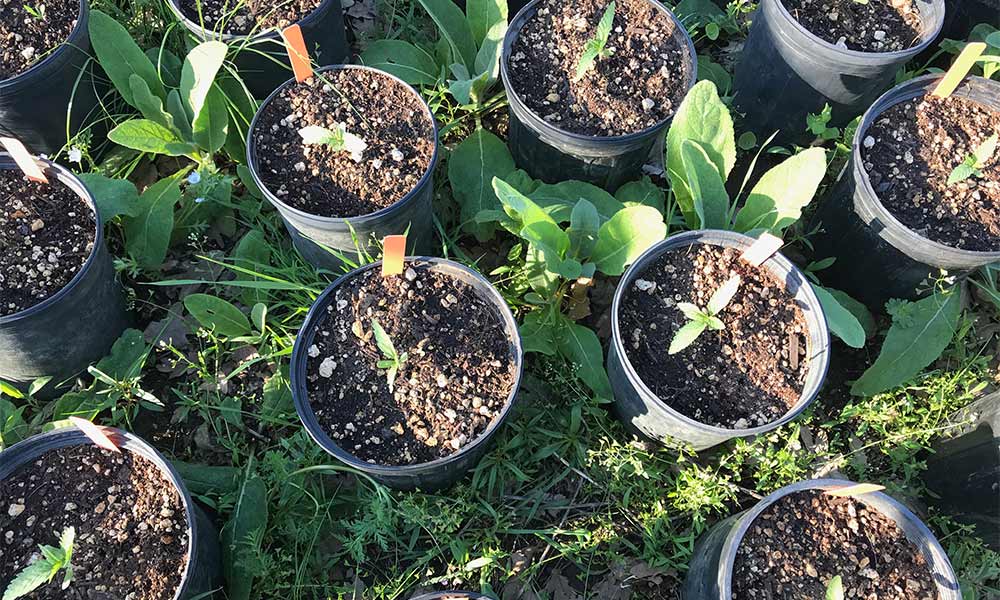
Cultivation
Choosing Cannabis Seeds to Start the Season
Swami of Swami Select shares advice for choosing the right seeds for your cultivation operation.
What’s the most important thing to get right in growing cannabis? This is, of course, an ongoing argument and every grower will probably give a different answer. Be that as it may, choosing the genetics is the first and one of the most important decisions you can make.
Selecting the right cannabis seeds is a process requiring several stages of decision making, and it will impact all other aspects of the grow. If you pick the wrong seeds for your environment and climate, then you could lose the whole crop to mold, frost or mildew. There are also market demand factors to consider. For example, deciding to go for all fruity cultivars because you like them even though everyone in your market area is buying gas, could mean the crop won’t sell. Alternatively, growing what everyone else grows may mean you will be competing with bigger, more established companies who offer a cheaper product. Then, it might be best to grow something unique.
Deciding Between Regular, Feminized or Auto-flowering Cannabis Seeds
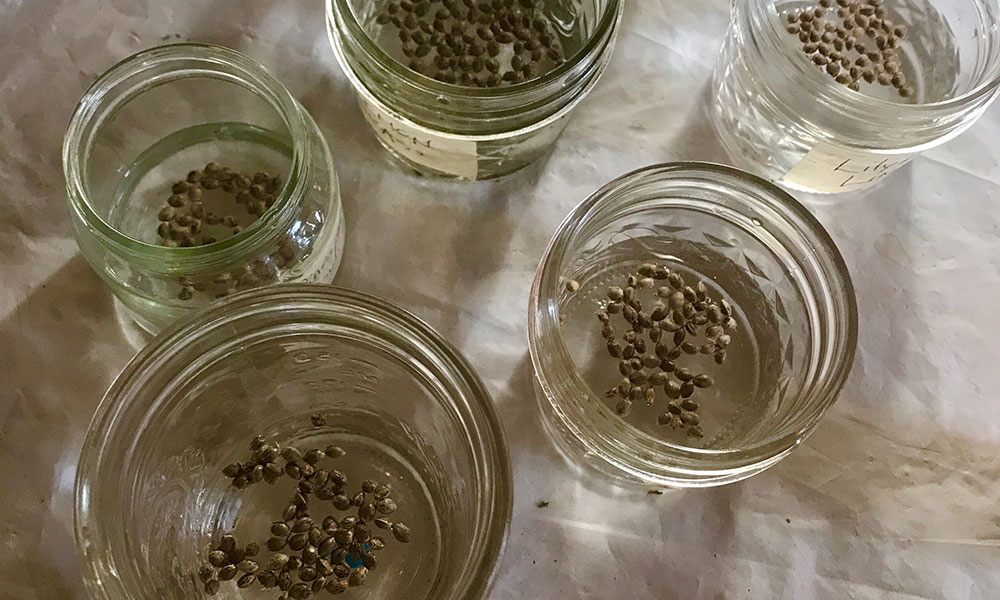
The first, most basic thing you need to decide is if you will grow from regular seeds, feminized seeds or auto-flowering seeds, assuming you won’t start from clones.
There is something special about sprouting your own cannabis seeds, watching them grow and mature—they become your babies. Up to this point, I have always used regular seeds here at Swami Select. These plants are often the most robust and vital, usually producing the biggest yield. Nevertheless, this year, after a long conversation with Nat Pennington, owner of Humboldt Seed Company, he finally convinced me to use some feminized seeds. He said approximatley 90% of his sales are for feminized seeds, and in some of the cultivars I wanted, he only had fems.
Regular Seeds
Growing from regular cannabis seeds has its drawbacks. To begin, about 50% of the sprouts will declare as male plants, but they won’t do this until at least two months after sprouting. This means you must feed and water half of your plants for that long, only to have to put them down when they show male, sometime in June. And not only that, but during May and June and sometimes into July, you have to visually inspect each and every plant every day for signs that it has declared its gender and then separate the males from the females. This is tedious and costly work.
In addition, with regular seeds the chances of different phenotypes cropping up can be high, particularly in F-2 and F-3 generations of a breed. So, you might get eight green/yellow plants and two pink/purples, from the same batch of seeds. With feminized seeds, this is less likely, and a few males may still show up.
One way to avoid the extra labor of having to visually determine male plants is to contract with a gender testing company, such as Leafworks, to determine the sex of the plants. This involves meticulous record keeping, while you carefully snip the end of leaf from each plant with sterilized scissors, place the specimens on a special pad prepared by the testing lab, send the samples off, and you should get results in about 10 days. This can cost up to $15 per plant, but the savings in water, nutrients and labor costs is worth it, because the female plants can be transplanted into the garden beds in early May rather than late June and the males no longer take food and water.
For these reasons, many people opt for feminized seeds, so you don’t have to look after all those male plants, feed them, water them and inspect them, or pay for lab testing to find the males.
Feminized Seeds
After Nat Pennington explained to me that there are three ways to produce feminized seeds, I looked up some details.
- Light Poisoning: First, there is “light poisoning.” This is when you interrupt the 12-hour dark cycle of an indoor grow halfway through with an hour of light, so there are five-and-a-half hours of dark, then one hour of light followed by another five-and-a-half hours of dark. This will shock the plant into producing “bananas,” which are little yellow croissant curved protuberances that have pollen which will fertilize the female bracts on the plant or other plants. Since the pollen is produced by a female plant, it only has X chromosomes (that is, no male Y chromosomes) so the seeds will all be females. This can also happen spontaneously in the garden, and if you don’t catch it right away, this so-called hermaphrodite plant can seed the whole garden.
- Spraying with Collodial Silver: A second method involves spraying the plants with a dilute form of colloidal silver. Starting just before the plants will begin to flower outdoors, or just before you switch to 12 and 12 on an indoor or light-dep grow, spray the plants with the colloidal silver for several days in a row. This will cause the plant to produce the “banana” with pollen and that pollen can be used to fertilize other plants. Here’s how to make colloidal silver:
- Spraying with Gibberellic Acid: The third method is a little more space age. It again involves spraying the females just before they start to form the first buds, but this time it is with gibberellic acid (GA). GA3 is a naturally occurring phytohormone, produced by plants, fungi and bacteria. GA is a pentacyclic diterpene. It is familiar for its role in increasing reproductive growth, cell elongation, seed germination, dormancy, reproductive growth, tolerance against various environmental stresses and senescence. Of course, if you are buying feminized seeds from a seed company you don’t need to do any of this yourself.
Auto-flowering Seeds

The last option for cannabis seeds is the auto-flowering variety. These seeds flower a set number of days after planting, which is a trait that was developed in northern latitudes where there is a very short summer. Regular and feminized seeds flower according to the photoperiod, which refers to the specific number of hours of darkness needed to trigger the flowering cycle. That exact day of the year is dependent on the latitude of the grow. Auto-flowers can produce several harvests during a summer at latitudes closer to the equator because they can finish in three months. They are available as regular or feminized.
Weighing the Pros and Cons
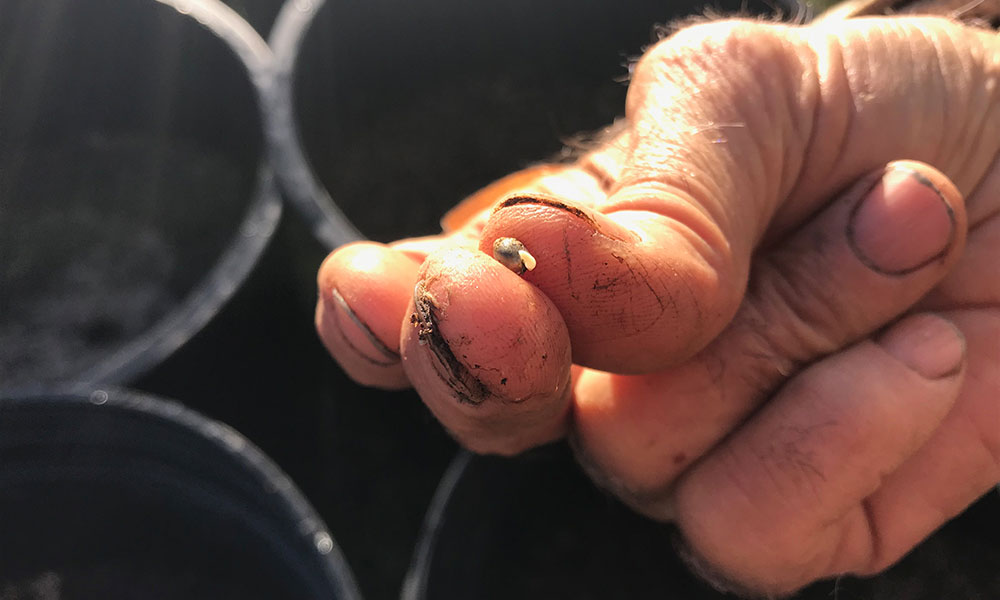
Each of these kinds of cannabis seeds has its weak points and strong points—so it is a good practice to consult with local cannabis farmers and breeders and ask questions at the local nursery.
Another factor in seed choice is to determine if you have enough drying space to properly dry and cure the crop come harvest time. Remember, it takes about the same square footage to dry the plants as to grow them. With limited space available, choose cultivars that are ready to cut in three separate harvests, allowing time for the first cut to dry before the second cut is harvested.
If you are growing in full sun, this means choosing some cultivars that come in early—meaning late September or early October; some that are ready in mid to late October; and some that are ready in November. With a highly efficient drying system employing dehumidifiers and fans, however, you can add harvested plants to the drying room before the first cut comes down. Even so, it still helps to stagger the harvest over several weeks, so as not to exhaust the work force.
Next, consider your specific local climate and whether mold and mildew are problematic, then choose cultivars that are resistant to these threats. These weather-based threats also include heavy frost at harvest time and heavy rain or fog, especially in the spring or at harvest. This is a good reason to buy seeds from local breeders who can provide you with seeds suitable to your terroir.
Market Research
Finally, unless you have a signature cultivar that you always grow, consider doing some market research to see what cultivars are hot in your area, then grow a range of cultivars for a menu that is aimed at your market. To this end, it is worth considering a full menu or library of the different major categories of cannabis based on a complete terpene profile: fruity, fuely, floral or earthy, with sweet and sour traits as qualifiers. This will serve a variety of smokers with different tastes and effects which are created by the various combinations of terpenes. Alternatively, if everyone you know or sell to only likes the gassy varietals or the florals or whatever, then you know what kind of cannabis seeds to grow.
In the end, make sure you grow what you want for your head stash and do it with love. And don’t stress. Everything will come out alright, as the plant will absorb your vibe.





